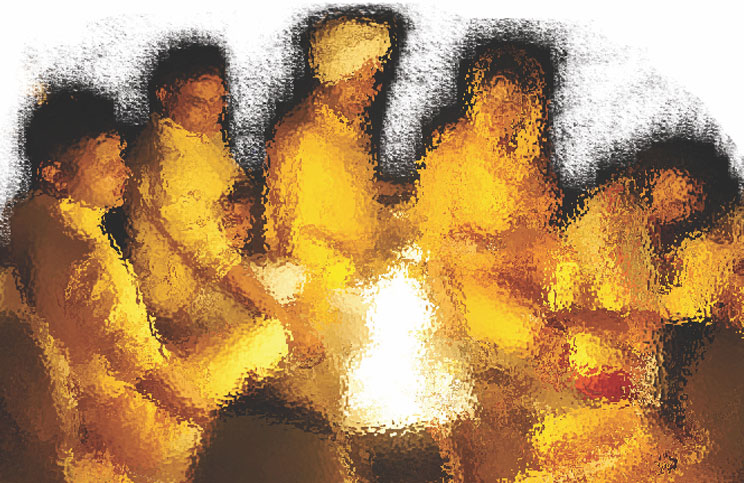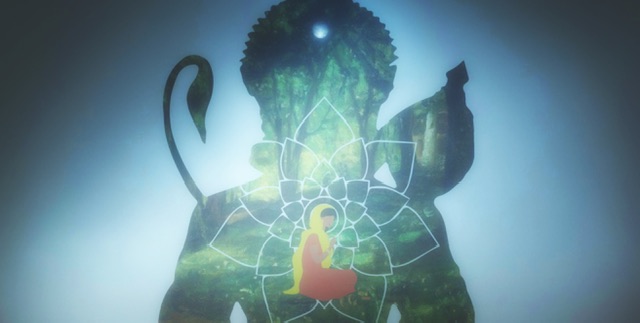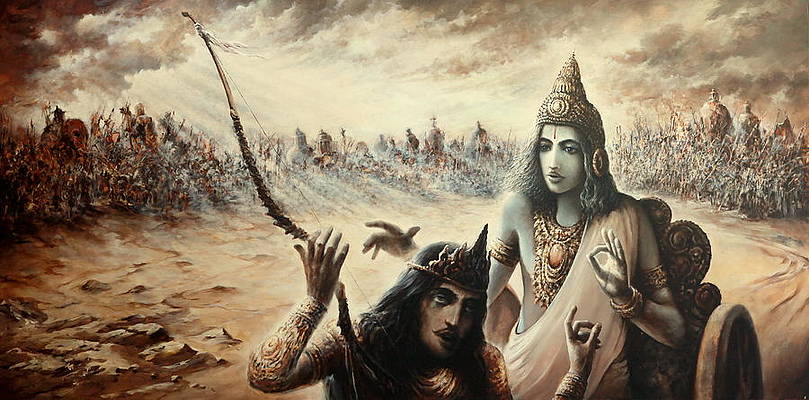Havans are a medium to interact with the world of energy. Often people confuse them to be a ritual practice that is typical of a specific religion. Yogi Ashwini, however, clarifies it is a science. Just like any other science, the results are perfect and precise and experienced by every individual, irrespective of his age, geography, religion or cultural affiliation. It was infact used by all great men in history to induce positive creative energy into their respective causes.
My recent visit to the Department of Guru Nanak Sikh Studies, PU Chandigarh yielded some authentic information on how Guru Gobind Singh performed a yagya in 1689-99. The first mention of havan is in Mahman Prakash Vartak (a prose work) written in 1739 AD, 31 years after the Guru’s death by Bawa Kripal Singh Bhalla. In the process of my learning experiences at Dhyan Foundation, I have noticed that utmost care is taken to collect pure ingredients – samidha, samagri and ghee for a havan. About the havan that Guru Gobind Singh conducted, Hari Ram Gupta writes in History of the Sikhs, published in 1973, ‘Enormous quantities of clarified butter and incense were burnt amidst the chanting of mantras or hymns by a band of learned priests headed by Kesho Das’. Bhai Sukha Singh in his Gurbilas written in 1797 AD, says that the havan lasted for four years; for 2&1/2 years on the banks of Satluj and for I &1/2 years at Naina Devi Hill. Kanhiya Lal says that this function cost the Guru fourteen lakhs of rupees as given in Tarikh-E-Punjab, page 50.
The most intensive program began on the first Navaratra day on March 21, 1699, it was expected that on the Durga Ashtami day, March 28, 1699, the Goddess would appear. Nearing completion, at the bidding of the Guru the whole lot of samagri or incense material was offered to the fire. The loud shouts of audience and ringing of gongs were mingled with huge flames leaping up sky-high.
Light, sound and fragrance all combined to create a supernatural atmosphere. In its midst the Guru declared that the Goddess had appeared before him. The Guru then portrayed the picture of Durga in these words: “She is neither a man nor a woman, nor does she ride on a lion. She does not have eight arms. She lives neither in temples nor in the hills. Neither is she ‘devan wali’ nor ‘latan wali’. The goddess which I have seen always sparkles like lightning. Whomsoever she blesses makes him victorious. One who bows before her is liberated from the cycle of birth and death.” The ‘purna ahuti’ was seen by hundreds who lived around the Naina Devi Hill, so high and intense was the ‘flame’.
Yogi Ashwini has introduced the various shaktis of creation to us as energy, and I have personally had the experience of some of them…When he chants the atmosphere changes completely, it is almost magical to watch the fire as he performs a havan. It is through these experiences that I conclude with certainty that Guru Gobind Singh too had a similar experience of energy.
In History of The Sikhs by Joseph d. Cunningham, 1966, Chapter-III, page 62, while describing this particular event, the writer says, ‘The Guru, advanced his sword, as if in salutation to the ‘appearance’. The goddess touched it in token of acceptance, and a divine weapon , an axe of iron, was seen amidst the flames.’
At the completion of the havan, Guru Gobind declared, “that the Goddess had blessed him with success in his mission. That mission would be proclaimed at Anandpur on the first of Baisakh, the New Year Day, March 30th 1699.” He invited the entire audience to go thither and attend the grand function. On that day Guru Gobind Singh created the ‘Khalsa’, and the stories of valour of the Khalsa and their historic victory in any battle they waged and the protection given by them to the weak and downtrodden is enough proof of the capacity of Guru Gobind Singh.
Auhtor: Nitasha Jaini





